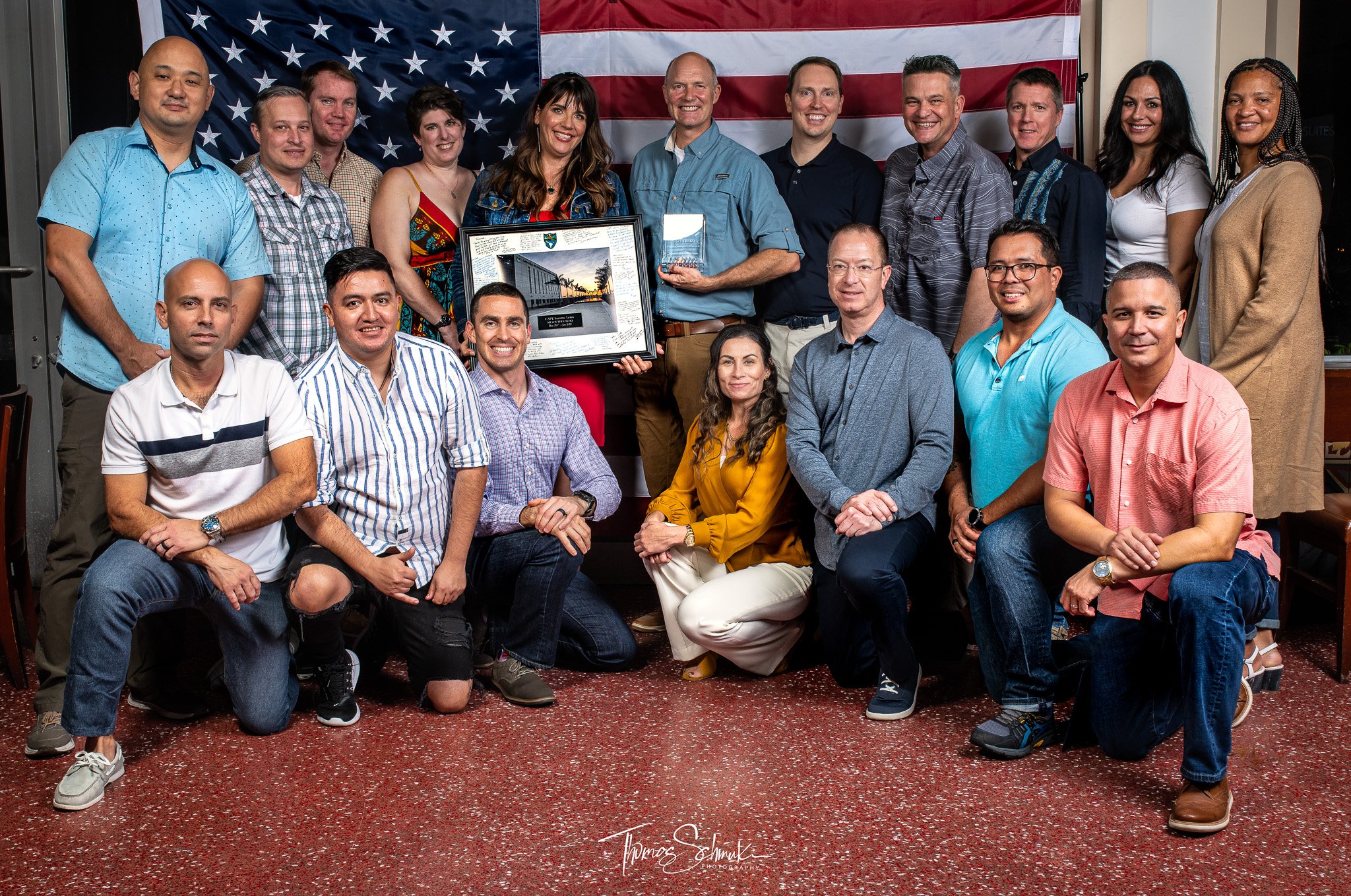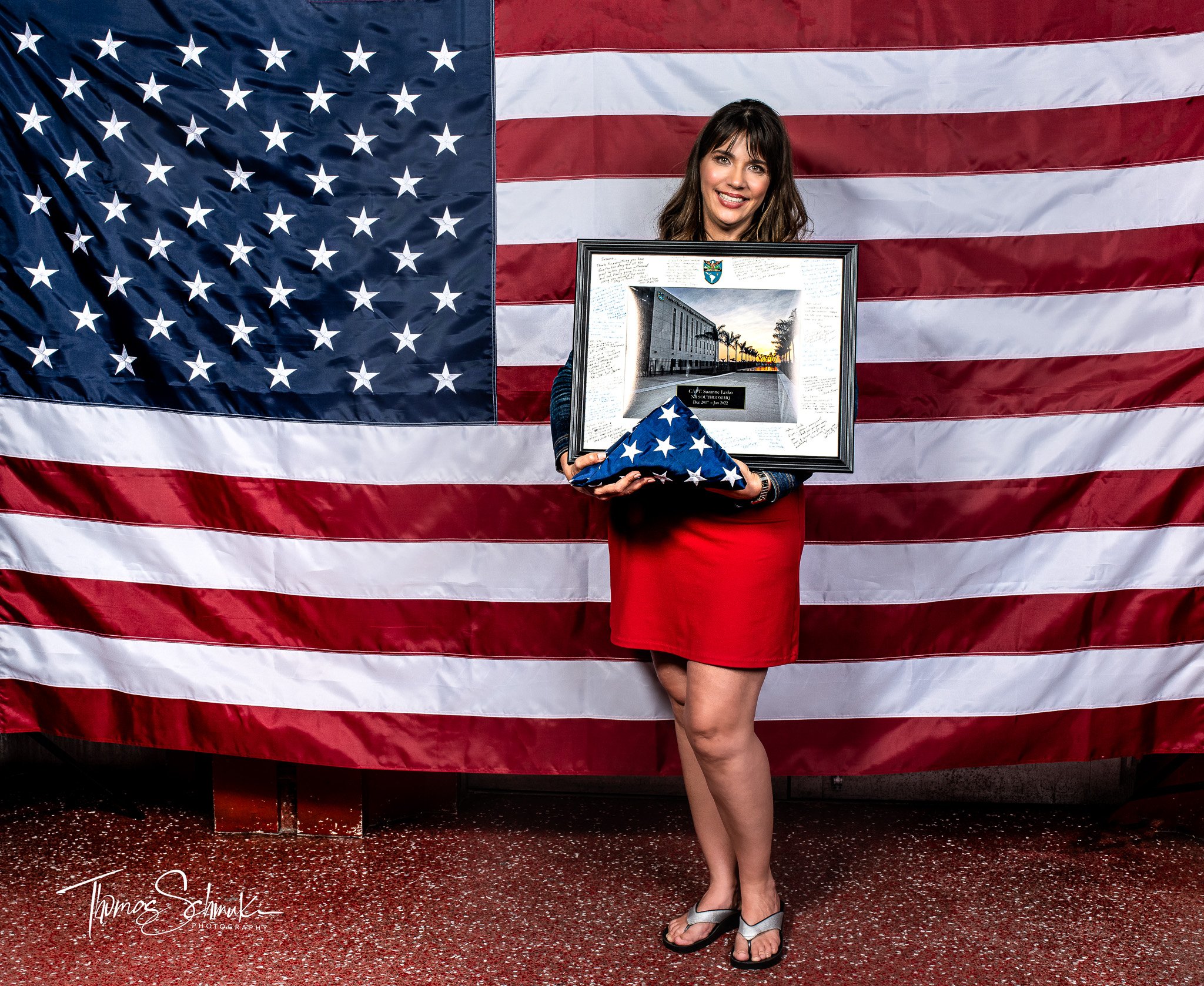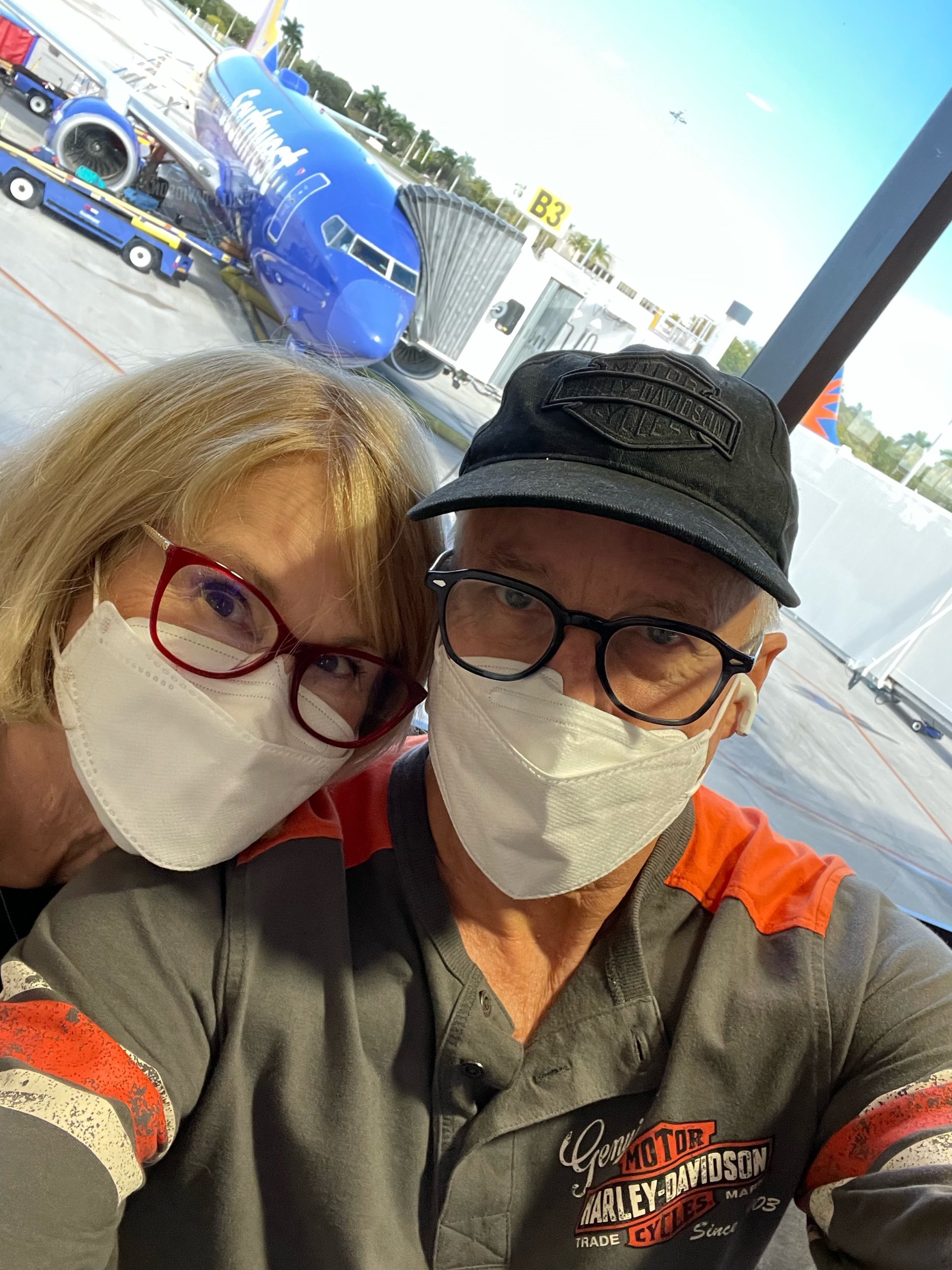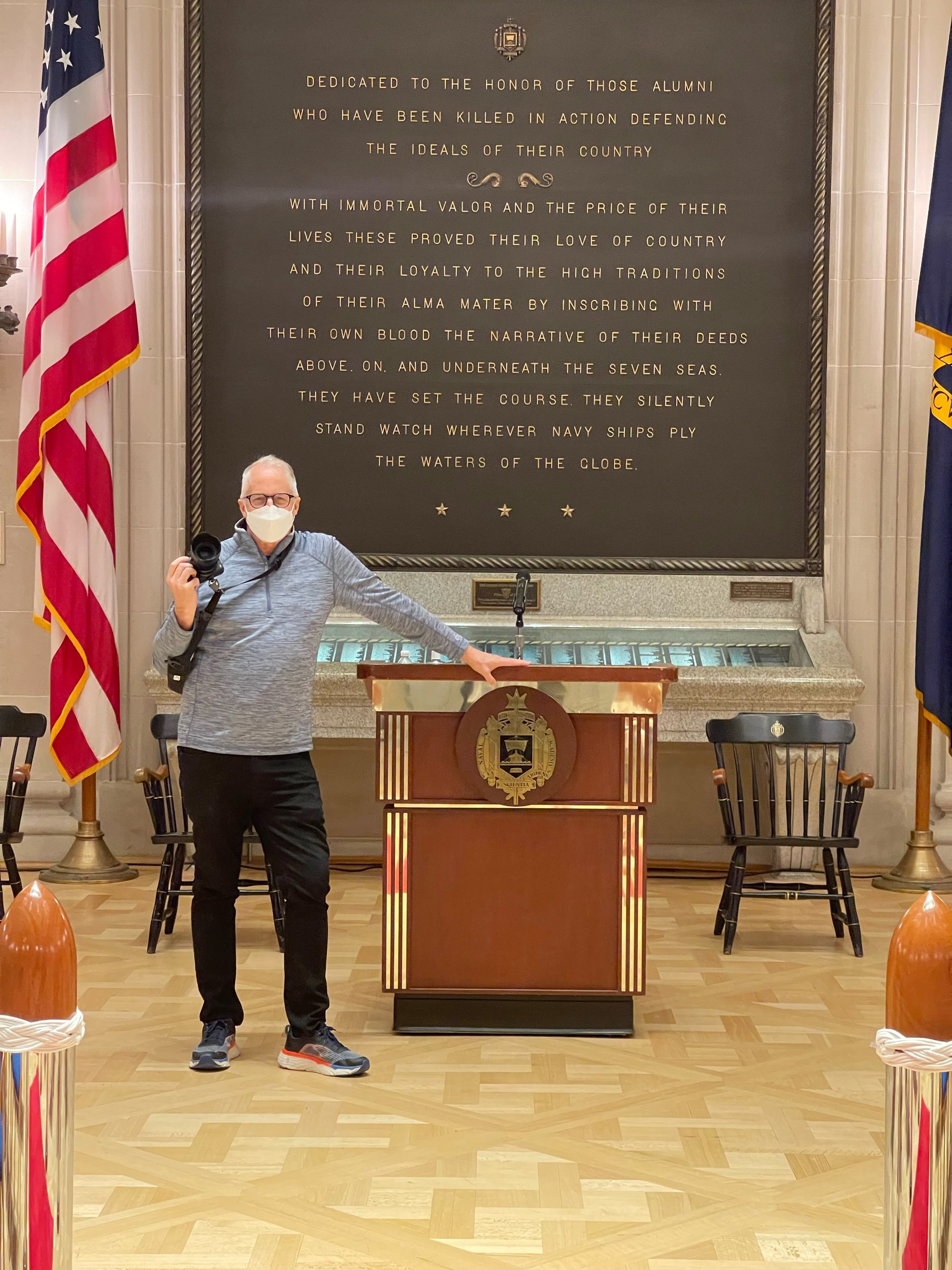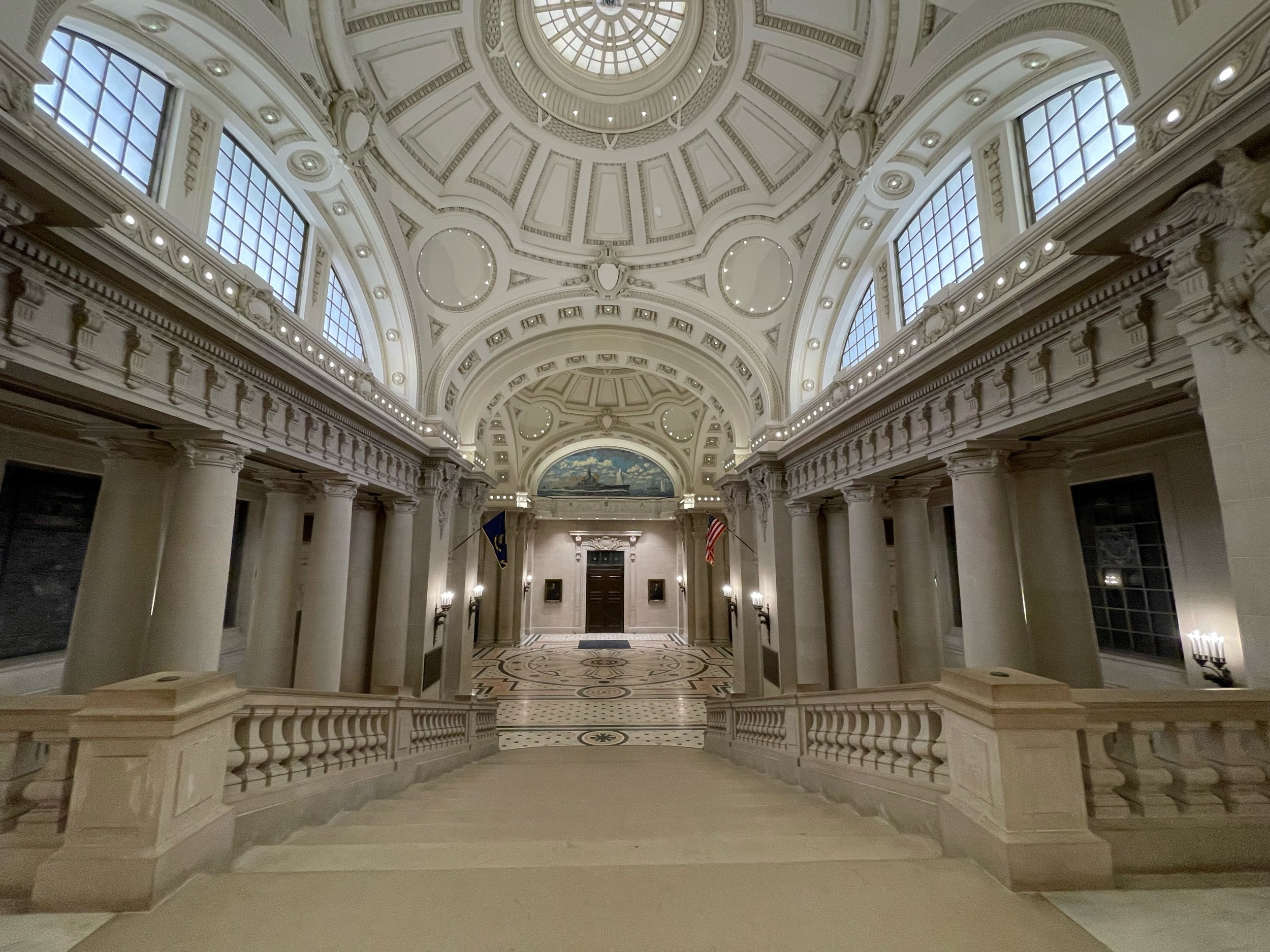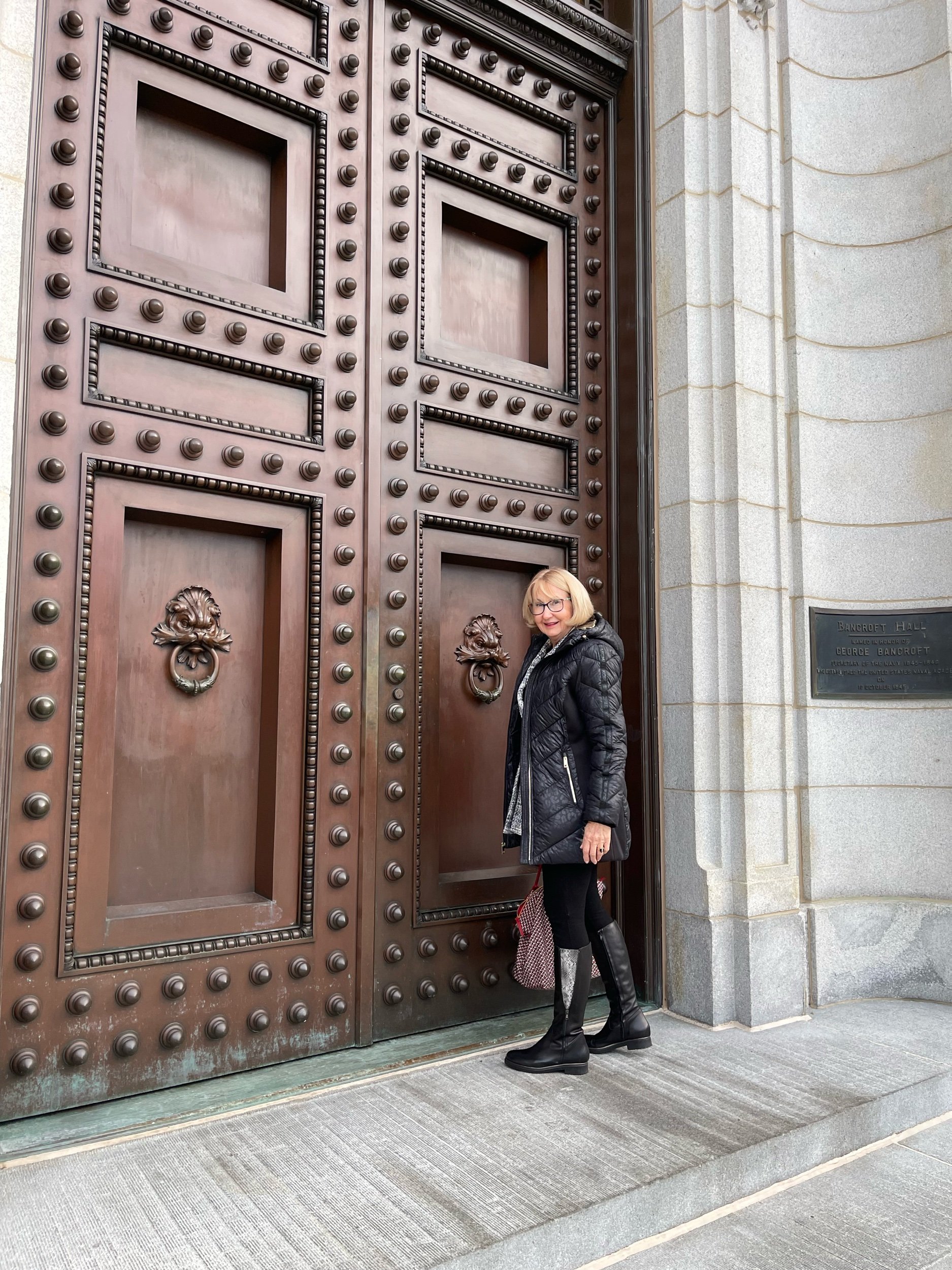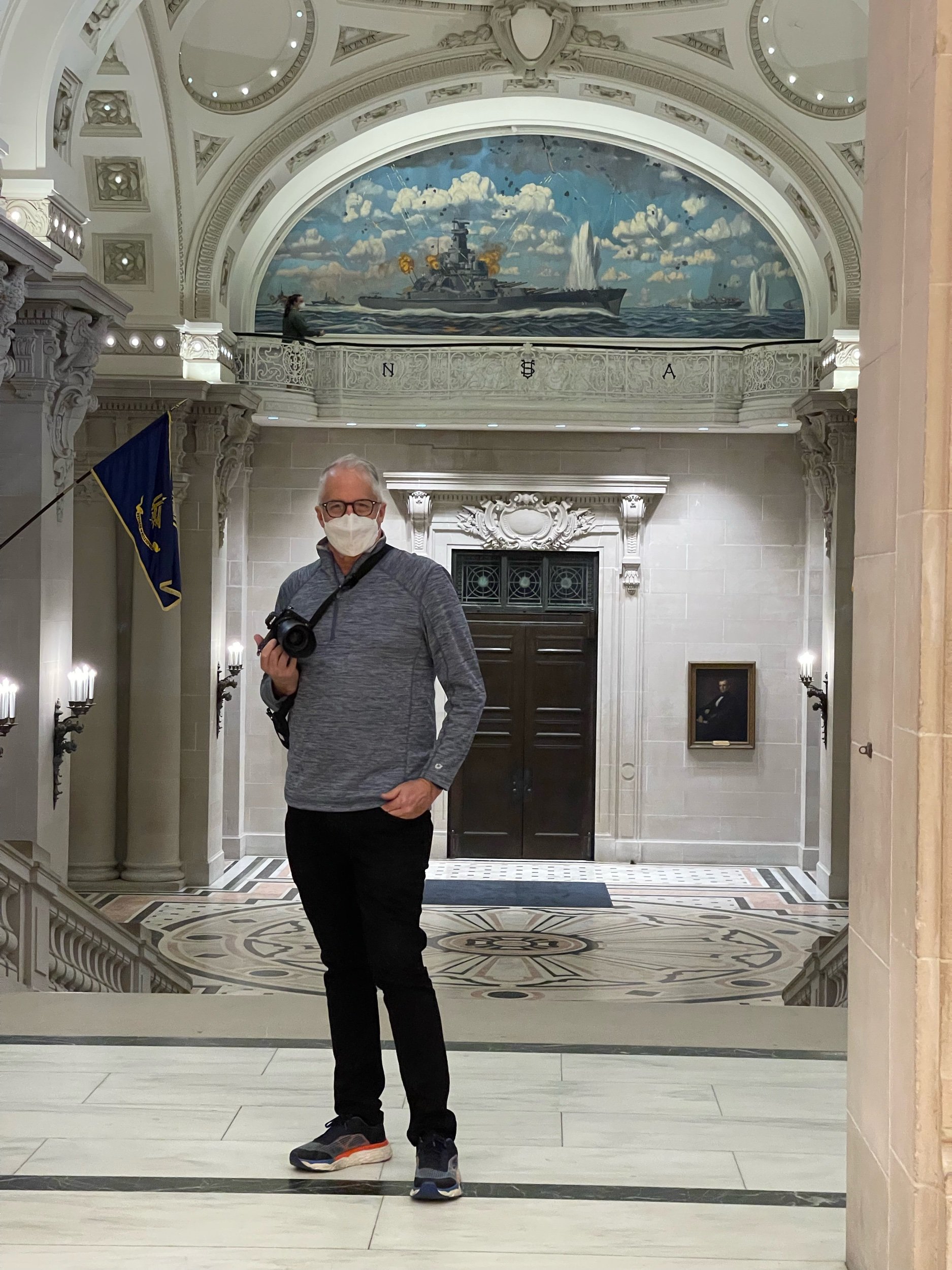On the plane to the photo shoot of a lifetime
My next few blogs will be about our trip to Annapolis Maryland to photograph Captain Suzanne Lesko’s retirement ceremony and celebration. Suzanne was one of the very few chosen women to be admitted to the US Naval Academy over 26 years ago. She is a combat aviator who has served in multiple conflicts and multiple contingency operations. I am honored to photograph this very special moment in Suzanne’s life. Somehow, Suzanne found me from a friend Jennifer Lyn Brande who referred me as a photographer she should consider. I photographed Suzanne’s retirement party in Doral in November. I will include some of the photos I took for that event.
A surprising offer
Alice mentioned to me wouldn’t it be cool if Suzanne invited me to photograph the official ceremony in Annapolis. I agreed, but did not really believe it would happen, Sure enough Suzanne asked me to photograph this event. I asked her why she chose me for the event. She mentioned it was not only my photography but my fathers experiences as a Purple Heart US Navy Veteran in World War II.
Off we go to Annapolis. Today we will attend an informal gathering and party with Suzanne and tomorrow afternoon will be the official retirement ceremony and celebration. It should be epic. It was difficult for me to pack all my desired photography gear in 2 bags. I will be missing my strobes and large modifiers that produce such beautiful light.
Camera Gear
For you photography buffs I will be taking 2 camera bodies: Nikon D850 and Nikon Z6 II. Lenses include 24-70 F2.8, 70-200 F2.8, 50 and 85 1.8, 35 1.4 and of course my fish eye lens. For lighting I am bringing 3 Flashpoint 200 strobes, and 3 external camera mountable flashes. If that technical talk bored you, I will provide excitement later. I am Mr Excitement!
Following the event tomorrow evening we will be spending a couple extra days to take in the sites and history of this incredible place.



